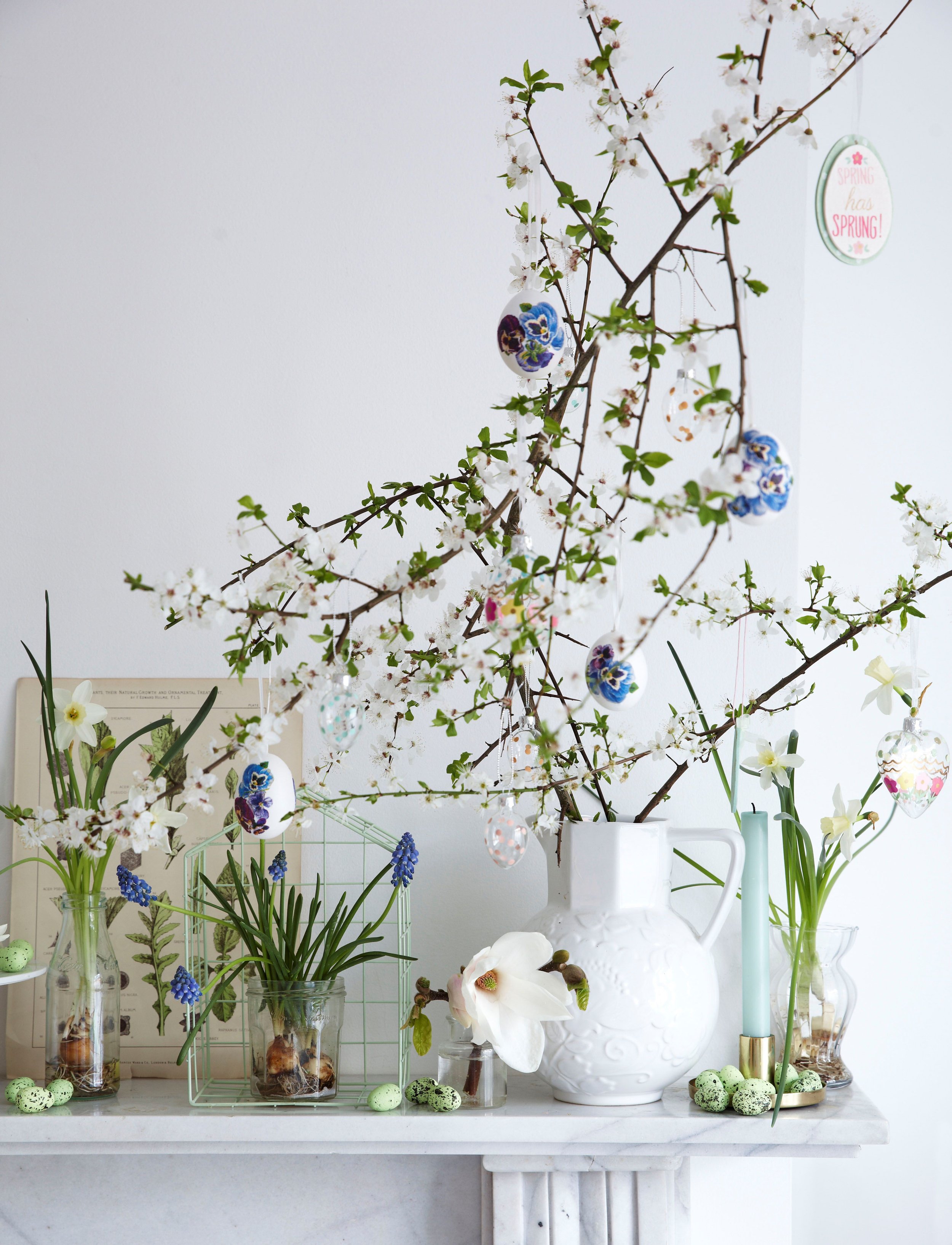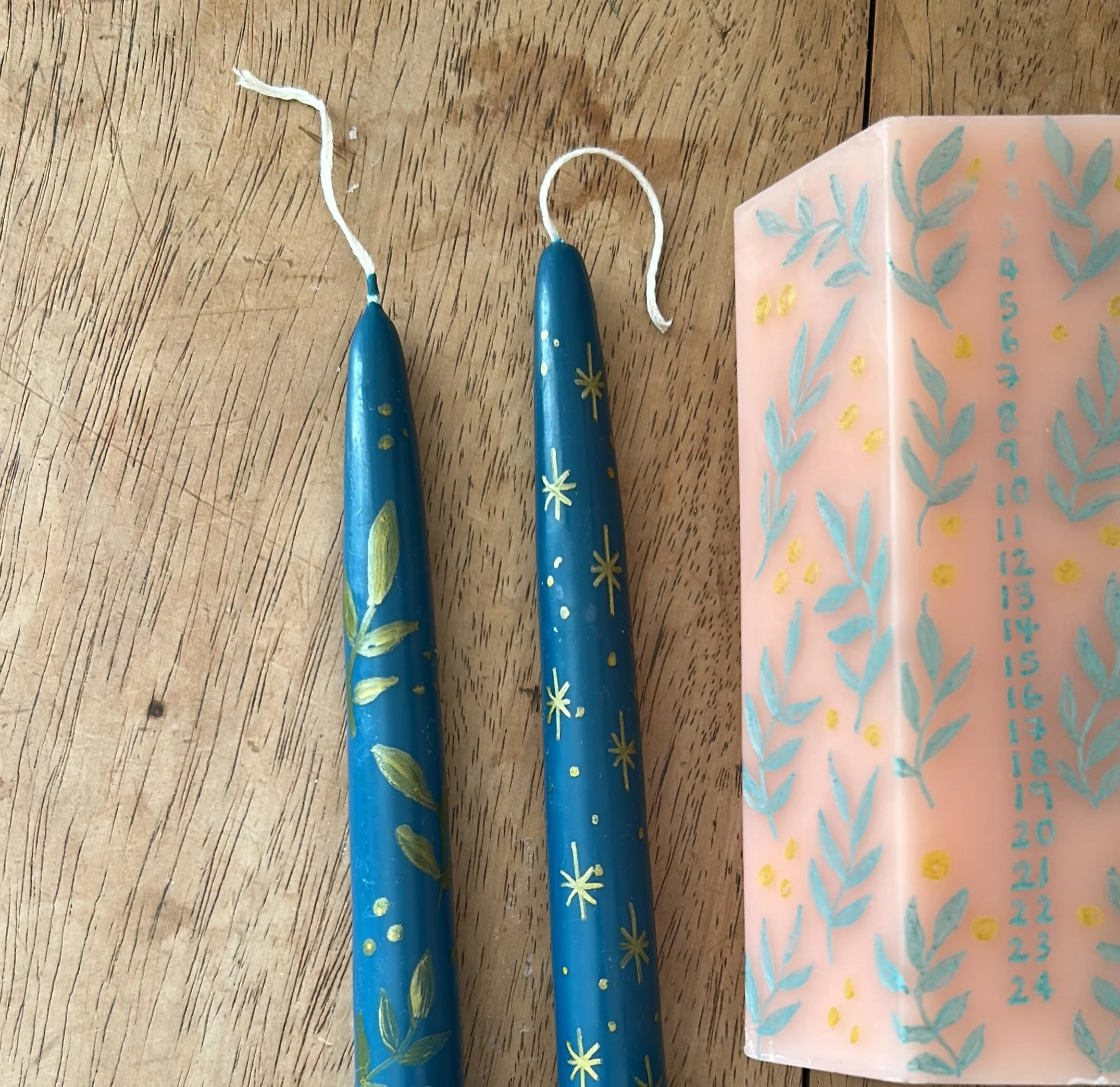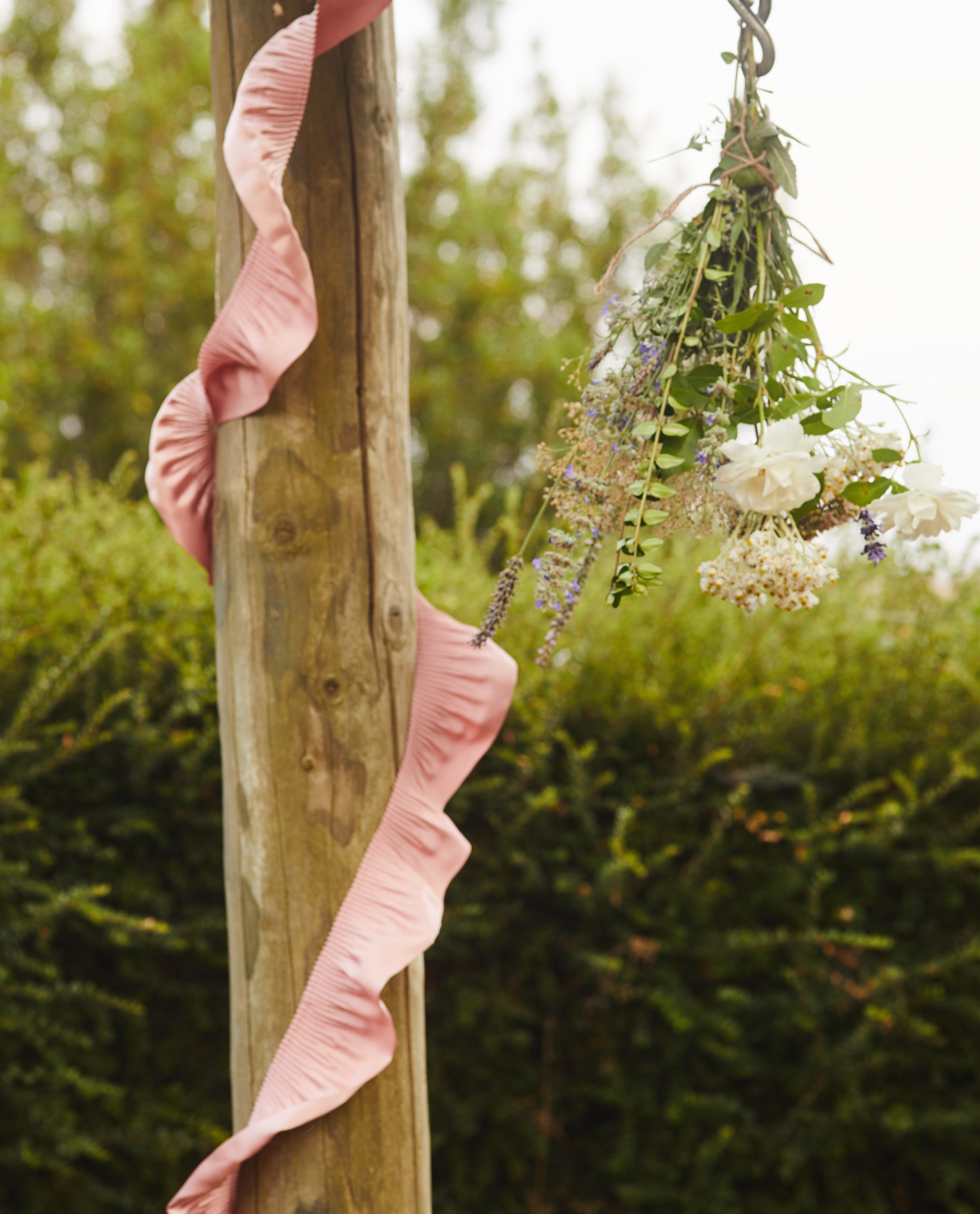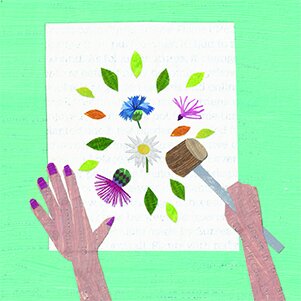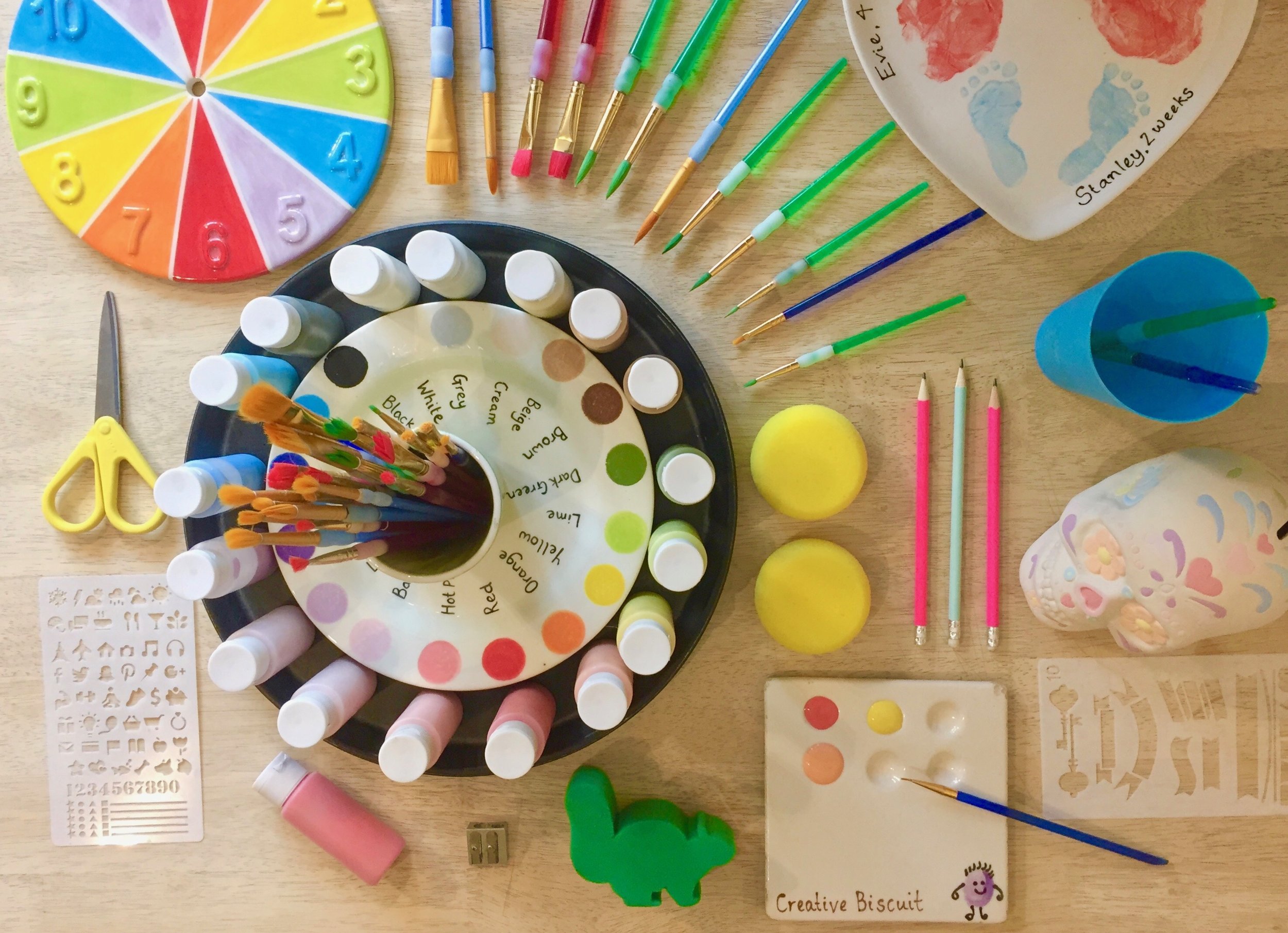We defy anyone not to smile at the sight of a tin of buttons, so we’re taking a moment to consider the humble button and its place in the English language.
The word ‘button’ comes from the Old French ‘boton’ meaning ‘bud. ‘Bouter’ means to thrust or push - like a bud bursting into bloom, you see? - and we guess, like the way a button pushes through a button hole. It’s all starting to make sense. It’s striking how much buttons crop up in metaphors, sayings and phraseology, though.
Should you be ‘as bright as a button’, you’re probably smart and quick-witted enough to spot the double meaning of bright as in shiny and bright as in clever. Or perhaps you’re as ‘cute as a button’, a phrase some think refers to a button quail, which were allegedly very cute little birds indeed.
If you’re less cute and more prone to angry outbursts you might ‘bust your buttons’ in reference to Bruce Banner, whose shirt would bust open, buttons popping all over the place, whenever anger turned him into his alter ego, Hulk. On the other hand you might bust your buttons because you have swelled with pride, although perhaps not with pride at your own sewing skills.
And don’t boast about the source of that pride too much or you might be asked to ‘button your lip’, a phrase originating in The States, used as a (slightly) politer way of asking someone to stop talking. This is less likely to be a problem if you’re the sort of person one would describe as ‘buttoned up’, meaning excessively conservative in appearance or approach; not the sort to loosen your collar, much less let your hair down or chat away garrulously.
Fascinating stuff. And if you wish to share it with friends who seem less fascinated than we are, you may want to ‘buttonhole’ them, that is to grab them by the buttonholes on their coat to prevent their escape while you talk at them.
And with that, we’ll button it.
The buttons pictured above are from our March issue’s back cover, the first of a new series we’re calling ‘Treasures’. We hope you like it.
Buy this month's The Simple Things - buy, download or subscribe

